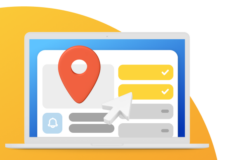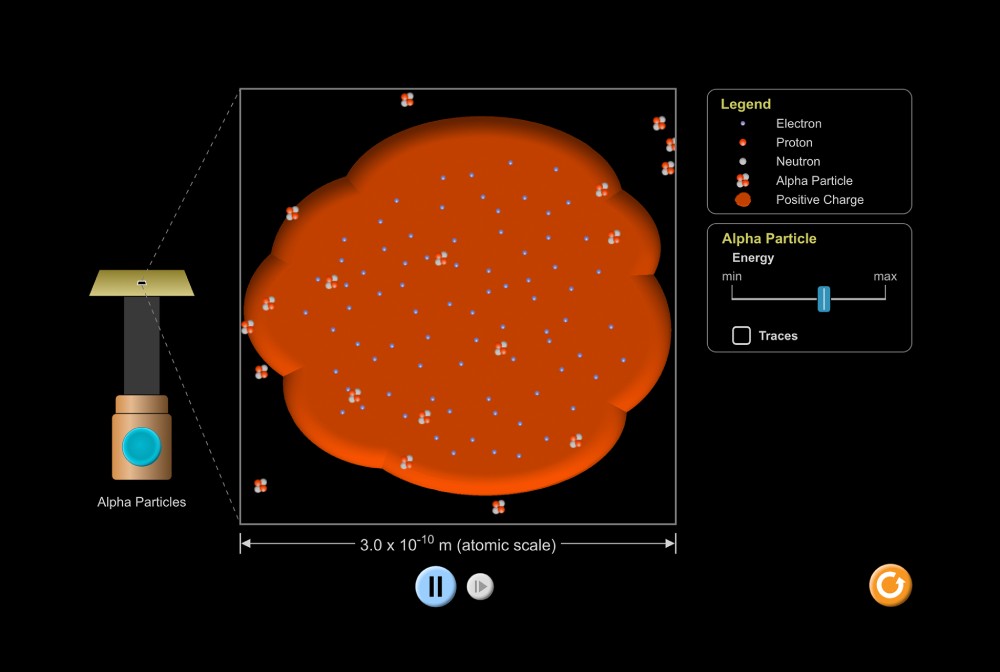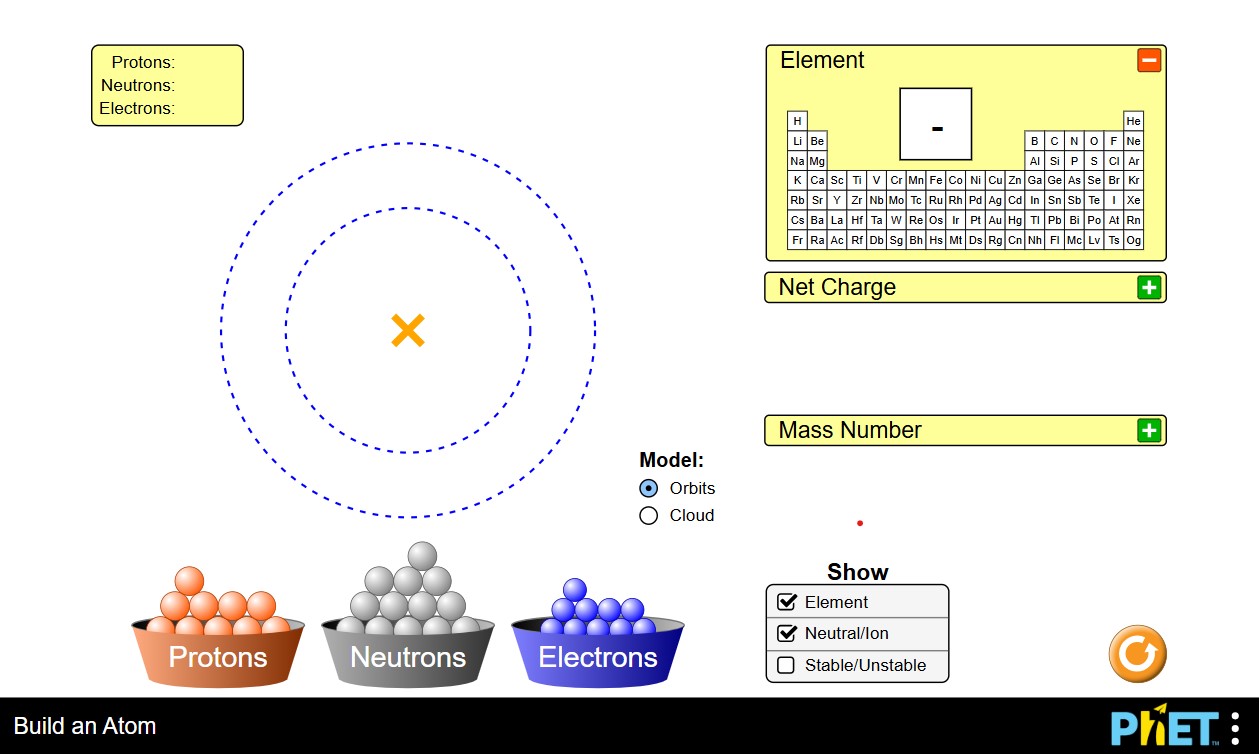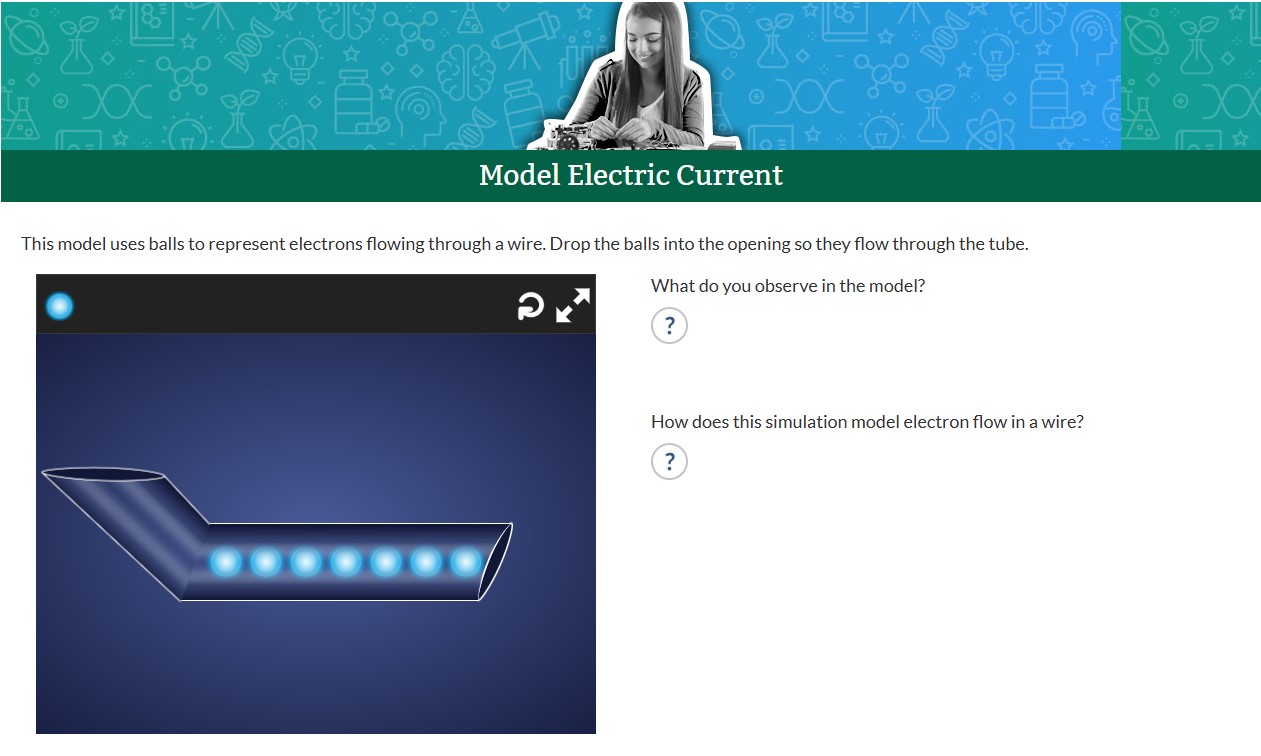Imagine arranging test tubes in a browser window rather than precariously balancing them in a test tube rack. Instead of putting on goggles and gloves, you can simply portion out chemicals on the screen to simulate the desired experiment. This allows experiments to be done quickly and efficiently. A hypothesis can be tested without physical materials, resulting in a learning experience that is accessible and filled with more exploratory potential (and a lot less risk of splashing chemicals or having to switch out a leaky Bunson burner tube).
K12’s curriculum encompasses more than 25 years of research into how children learn best. Fueled by innovative technology, our courses spark curiosity, ignite the imagination, and empower students. The K12 curriculum incorporates fun, interactive learning tools like games, videos, and hands-on activities to keep children engaged and supported. We strive continuously to improve our approach to education. That’s why we’re partnering with PhET Interactive Simulations, a project at the University of Colorado Boulder, to integrate virtual simulations into the K12 science curriculum.
What are PhET Interactive Simulations?
Founded in 2002, PhET simulations are based on extensive research on how students learn and from simulation interviews. About four to six think-aloud-style interviews with individual students are conducted for every simulation.
Simulations follow a set of design principles and are tested and evaluated to ensure educational effectiveness. The principles range from using real-world connections to showing visual mental models. Each simulation also has a set of tools to provide an interactive and engaging learning experience. Through click-and-drag, sliders, radio buttons, and measurement features, students explore cause-and-effect relationships and comprehend complex topics in math and science.
PhET simulations create analogies, and studies have shown they’re more effective for conceptual understanding in class activities, homework, lectures, and labs. Since they’re designed with minimal text, simulations can be integrated into any aspect of a course.
How It Works: Integrating PhET Into the K12 Science Curriculum
No need to click around for it—PhET simulations are seamlessly integrated into K12’s middle and high school physical science courses. As students navigate through their course, they’ll encounter PhET’s interactive learning tools, which bring concepts to life.
The Benefits of Science Simulations for Students
Science simulations have many benefits for middle and high school students. They include:
- Promotes curiosity, experimentation, and understanding: Students comprehend concepts that may be challenging when interacting with virtual simulations.
- Engages students with gamified learning: Simulations provide a fun and interactive experience that fosters engagement and excitement in each science lesson.
- Expands accessibility: With accessible simulations, students build essential STEM skills from inquiry-based learning without needing physical, hands-on science equipment, which can be costly for schools to update.
- Provides immediate feedback: Students can apply their knowledge to each simulation, check their understanding, and get immediate feedback about the effects of the changes they make.
What’s next for K12 and PhET?
Beyond physical science lessons for grades 6–12, students can access a handful of PhET simulations in the K12 Learning Hub. The hub is an ever-growing learning resource with 30 more simulations to debut by April 2025!
In short, students need STEM skills for critical thinking, problem-solving, creativity, innovation, collaboration, and the modern-day workforce. K12 is committed to providing an innovative science education so students have the skills to thrive in today’s advanced world. With interactive PhET simulations, we continue to ensure STEM learning with K12 is accessible, fun, and interactive.
Visit our curriculum innovation page to learn more or find a K12-powered school in your state today.









